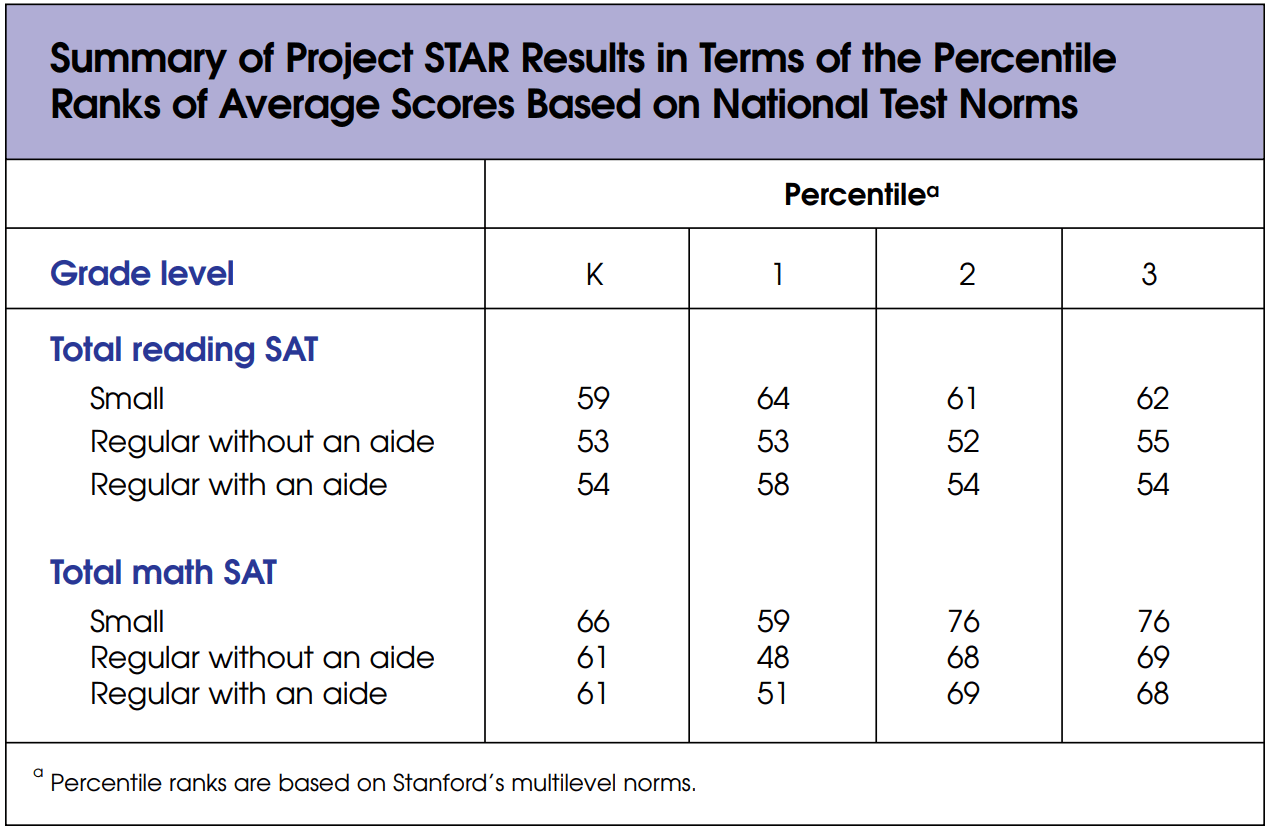Growing Classes: Do Learning Outcomes Suffer From It?
Every good educator, administrator, and parent seeks to provide the best possible education for students and kids. As classrooms grow in size, educators and researchers have been increasingly concerned about the potential consequences for students.

Every good educator, administrator, and parent seeks to provide the best possible education for students and kids. As classrooms grow in size, educators and researchers have been increasingly concerned about the potential consequences for students. This article explores the effects of growing class sizes on student learning outcomes, drawing from various research studies and educational practices. The aim is to shed light on the challenges that larger classes pose and the ways that can help mitigate their negative impact.
💡 Lessons learnt: More isn't always merrier
Studies on the Impact of Class Size on Learning Outcomes
The relationship between class size and student achievement has been extensively studied, and statistical evidence consistently highlights the influence of class size on educational outcomes. Below are key findings from notable studies that shed light on this crucial connection:
Tennessee's Project STAR Study: The Tennessee Student/Teacher Achievement Ratio (STAR) project, a landmark study initiated in the late 1980s, examined and provided evidence of the class size effect on learning outcomes. The research encompassed three distinct groups: (1) classes that were reduced in size by one-third compared to standard classes, (2) standard-sized classes without the presence of a teacher's aide, and (3) standard-sized classes with the support of a teacher's aide. Through a comparison of the average academic performance of students across these various class types, the study aimed to gauge the advantages associated with smaller class sizes and the involvement of a teacher's aide. This experiment encompassed a wide range of schools and classes situated in inner-city, urban, suburban, and rural settings, enabling the assessment of children's progress from diverse backgrounds. It found that students in smaller classes outperformed their peers in larger classes across various subjects and grade levels. In mathematics, for instance, students in smaller classes outscored those in larger classes by an average of 5 to 11 percentile points.

Meta-Analysis by Zyngier: In his paper: Class size DOES make a difference: latest research shows smaller classes have lasting effect, Dr. Zyngier completed a comprehensive review of 112 research papers on class sizes written between 1979 and 2014 by researchers in Australia and similar education systems in England, Canada, New Zealand and non-English speaking countries of Europe. He mentions notably, of the 112 papers he reviewed, only three authors supported the notion that smaller class sizes did not produce better outcomes to justify the expenditure. He continues his report by stating that: while counterarguments may present Shanghai, Hong Kong, South Korea, Taiwan, and Singapore as examples, where it's common to have large class sizes, as evidence that attempts to reduce class sizes are ineffective. However, research suggests that students from cultures influenced by Confucian principles are conditioned to function well in larger class settings, resulting in fewer management issues for teachers and a greater emphasis on meaningful whole-class learning. He continues that it is crucial to recognize that an educational system operates as a complex and interconnected whole, where each component interacts with all others. Attempting to isolate and transplant a single component, like class size, into a different educational system demonstrates a fundamental misunderstanding of how educational systems function.
Ways to Manage the Impact of Growing Class Sizes on Learning Outcomes
While growing class sizes can present challenges, not every school or educational institution may have the means to control their class size due to constraints beyond their control. Educators in overcrowded classrooms must evaluate a higher volume of assignments, quizzes, and exams. This not only consumes more time but can also lead to delays in providing timely feedback to students, hindering their learning progress. The increased workload associated with larger classes can contribute to teacher burnout and reduced job satisfaction. Overwhelmed educators may struggle to maintain enthusiasm for teaching, impacting their overall effectiveness and longevity in the profession. There are some approaches such educators and administrators can implement to mitigate the impact of growing class size on student learning outcomes.
- Leveraging Technology: Integrating technology into the classroom can help manage larger class sizes. Educational software, online quizzes, and learning management systems can assist in grading assignments, tracking student progress, and providing immediate feedback.
- Teacher aides: These dedicated professionals assist teachers in providing more personalized attention to students, especially in settings with limited resources. By offering one-on-one or small group support, teacher's aides can help address individual learning needs, provide additional explanations, and ensure that struggling students receive the assistance they require. They also help maintain classroom discipline and engagement, allowing the teacher to focus more on instruction and less on managing disruptive behavior.
- Collaborative Learning: Encouraging collaborative learning can be particularly effective in larger classes. Group projects, peer-to-peer teaching, and discussions can promote student engagement and active participation.
- Teacher Professional Development: Offering ongoing professional development opportunities for teachers can enhance their instructional skills and classroom management techniques. This, in turn, can help teachers better adapt to larger class sizes.
- Student Support Services: Schools can provide additional support services, such as tutoring, counseling, and academic advising, to help students succeed despite larger class sizes.

Adiutor
Adiutor means "helper" - we do just that, by taking a load of your school administration and helping you focus on what matters most: the kids.
References:
- Mosteller F, The Tennessee Study of Class Size in the Early School Grades. https://edsource.org/wp-content/uploads/old/STAR.pdf
- Blatchford, P., & Mortimore, P. (1994). The Issue of Class Size for Young Children in Schools: What Can We Learn from Research? British Educational Research Journal, 20(3), 225-242.
- Nye, B., Hedges, L. V., & Konstantopoulos, S. (2000). The Long-Term Effects of Small Classes: A Five-Year Follow-Up of the Tennessee Class Size Experiment. Educational Evaluation and Policy Analysis, 22(4), 323-341.
- David Zyngier (2014). Class size DOES make a difference: latest research shows smaller classes have lasting effect. https://files.nlta.nl.ca/wp-content/uploads/public/documents/ptf_docs/classsizedifference.pdf
- Sparks, S. D. (2021). Class Size. Education Week. https://www.edweek.org/teaching-learning/big-class-sizes-remote-learning-may-drive-achievement-dips/2021/06
- Irving, Karen E. (2006). The Impact of Educational Technology on Student Achievement: Assessment "of" and "for" Learning
- Karali, Yalçin; Aydemir, Hasan (2018) The Effect of Cooperative Learning on the Academic Achievement and Attitude of Students in Mathematics Class
- J Carey, C Dimmitt (2012). School Counseling and Student Outcomes: Summary of Six Statewide Studies
